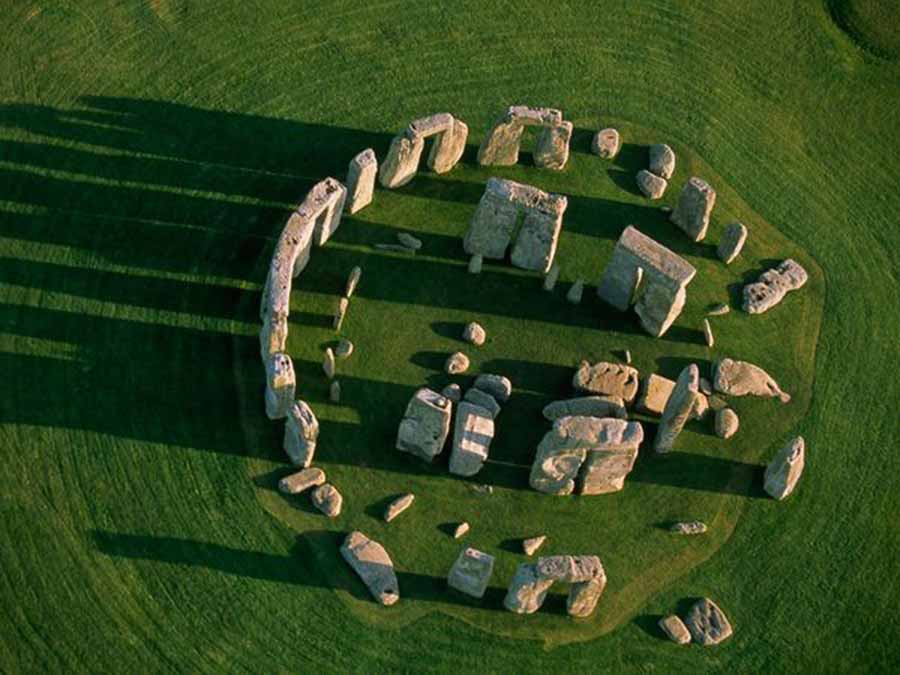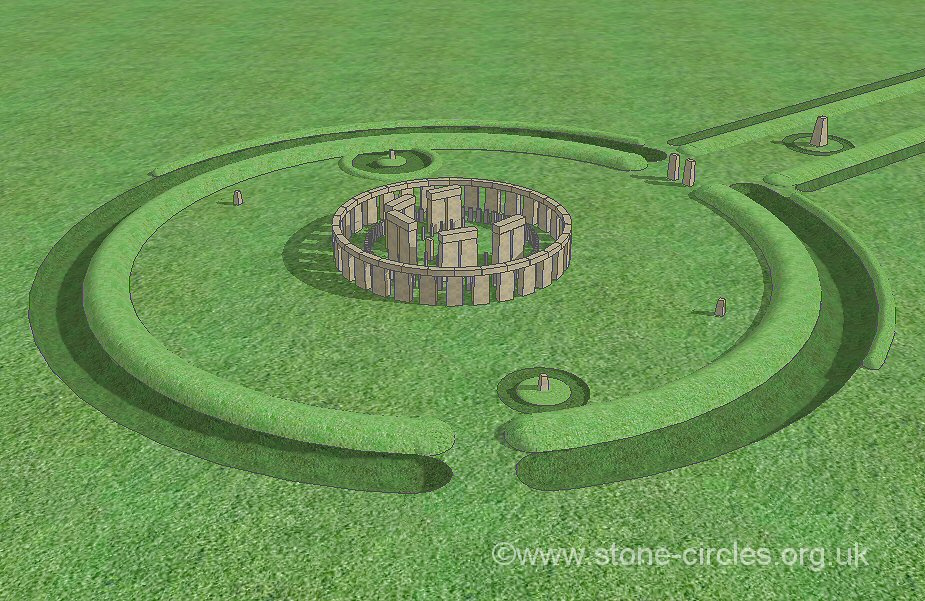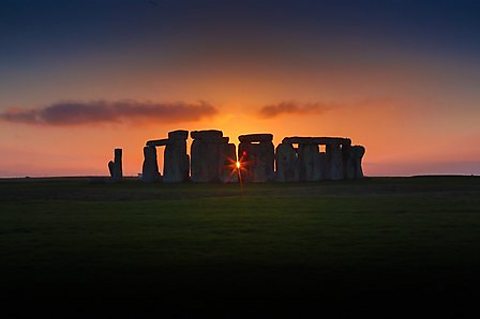Games Plate Tectonics Online Activity
 Secrets of Stonehenge
Secrets of Stonehenge



Dated to the late Stone Age 3000 BC, Stonehenge may be the best-known and most mysterious relic of prehistory. Every year, a million visitors are drawn to England to gaze upon the famous circle of stones, but the monument's meaning has continued to elude us. Now investigations inside and around Stonehenge have kicked off a dramatic new era of discovery and debate over who built Stonehenge and for what purpose.
Where is Stonehenge located? How has it stayed standing for so long? Is location important to it lasting stance? How did prehistoric people quarry, transport, sculpt, and erect these giant stones? What are the stones made of? Who built Stonehenge and why?
These are the questions we will be asking over the next 9 weeks as we study continents, plate tectonics, land formations, simple machines, elements and compounds.
Who's studies Stonehenge now? Scientists from archaeology to astrology, geologist and psychologists. To fully understand this ancient monument, scientist must come together with their hypothesis and experiments.

Stonehenge was built in three phases between 3,000 B.C. and 1,600 B.C. and its purpose remains under study.
However, it’s known that if you stand in just the right place inside the Stonehenge monument on the day of the northern summer solstice, facing north-east through the entrance towards a rough hewn stone outside the circle – known as the Heel Stone – you will see the sun rise above the Heel Stone, as illustrated in the image below.

No comments:
Post a Comment